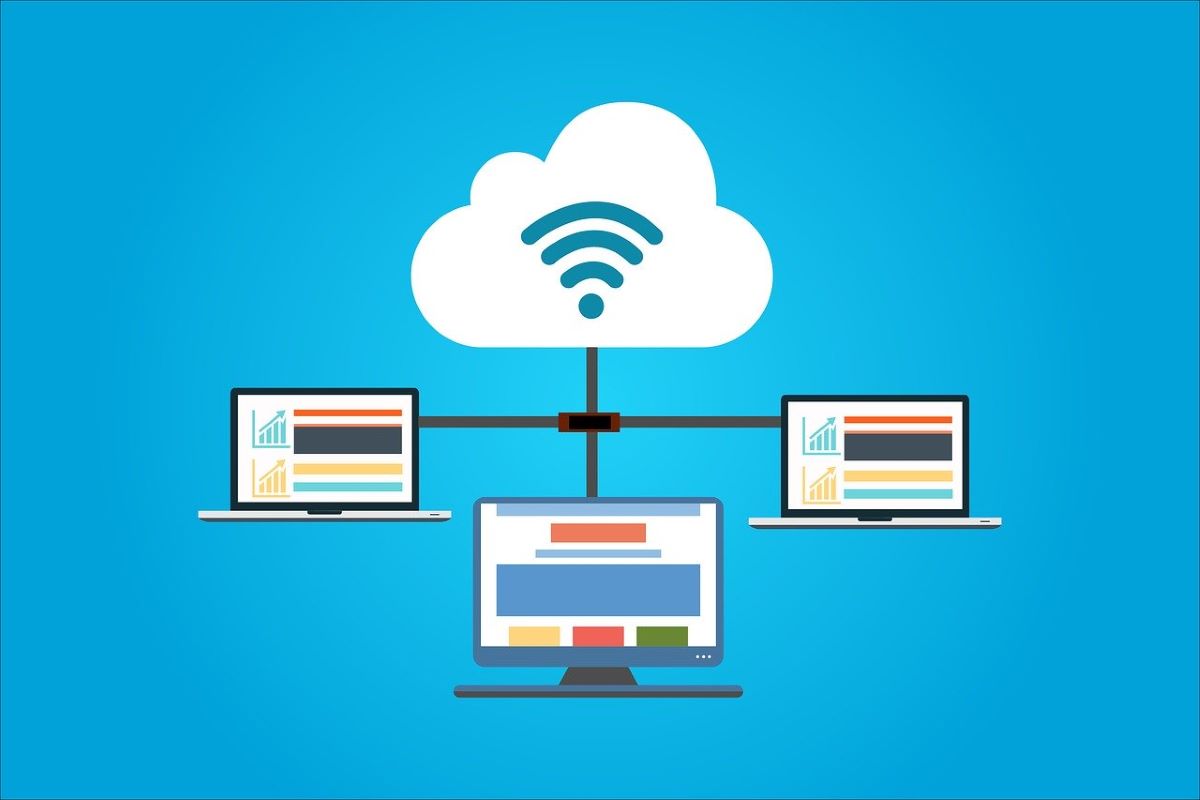
Never before have companies had to pivot so quickly in how and where we work. Organizations unprepared for remote work had to create a plan immediately. Even those with technology in place may struggle to scale their plan beyond its original scope.
Whether prepared or not, securing the new remote workforce is now a top priority. With uncertainty about when things will return to normal, it’s critical to ensure employees have the right tools to access your environment securely.
Many employees rely on apps to stay in touch with their teams. However, consumer apps may not meet enterprise security standards. As a result, conversations and shared company documents can be at risk.
For organizations in high-security industries, such as financial services, it’s essential to provide secure communication apps that meet compliance requirements.
Additionally, the pandemic has increased email phishing and spoofing. Organizations should deploy SPF, DKIM, and DMARC email security protocols. Using a strong spam filter can also help reduce phishing and other email threats.
How are your users accessing business resources? All employees in high-security industries should use a secure VPN. They should also use encrypted online file-sharing apps, like Egnyte, or work within a virtual desktop environment.
Virtual desktops offer multiple benefits and security enhancements.
Virtual desktops are especially useful for remote working, allowing employees to access business resources securely from anywhere.
Since remote working will continue for the foreseeable future, organizations must ensure their environments are ready. Doing so allows employees to communicate, collaborate, and support one another effectively.
Ready to set up your virtual desktop environment? Contact us today!